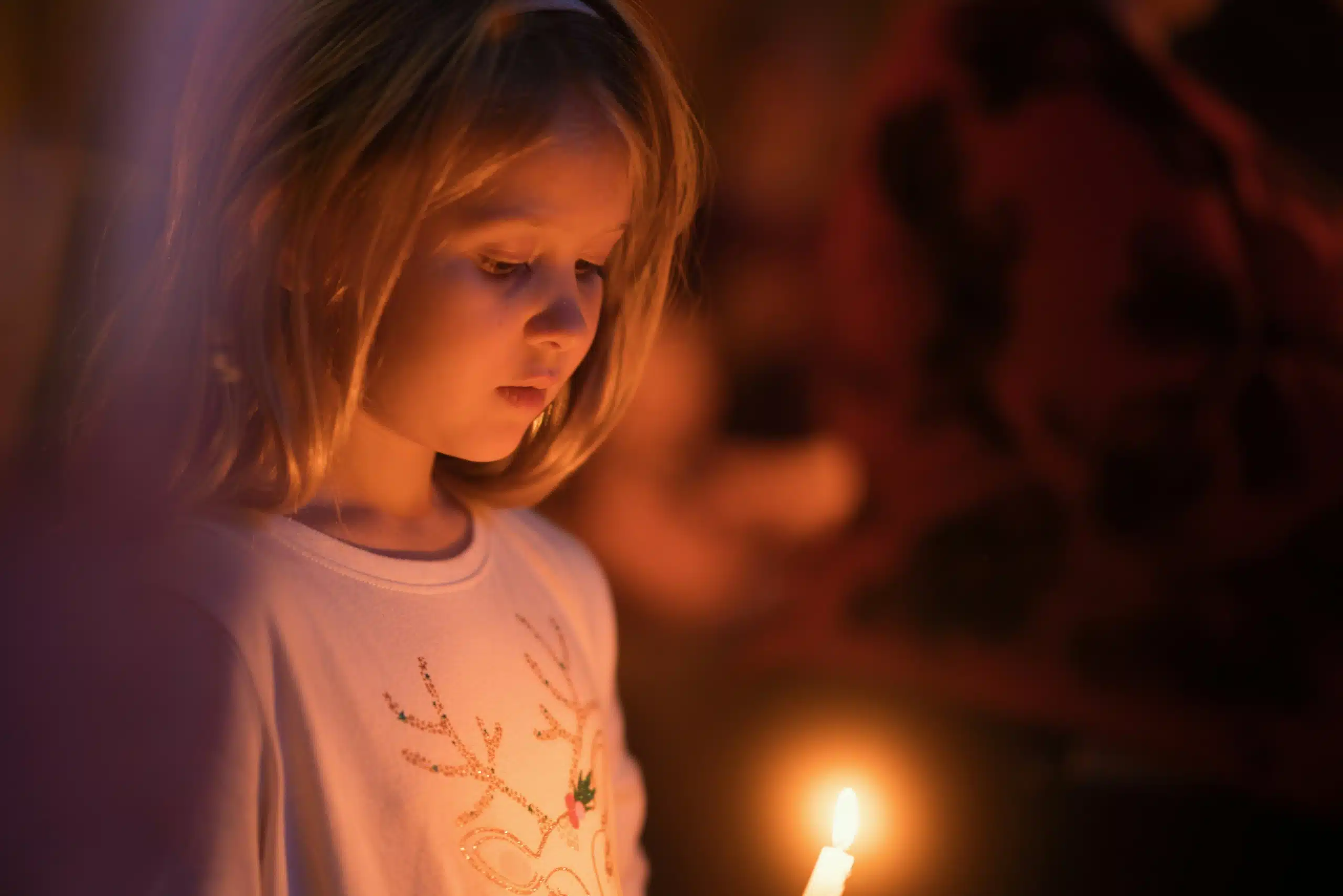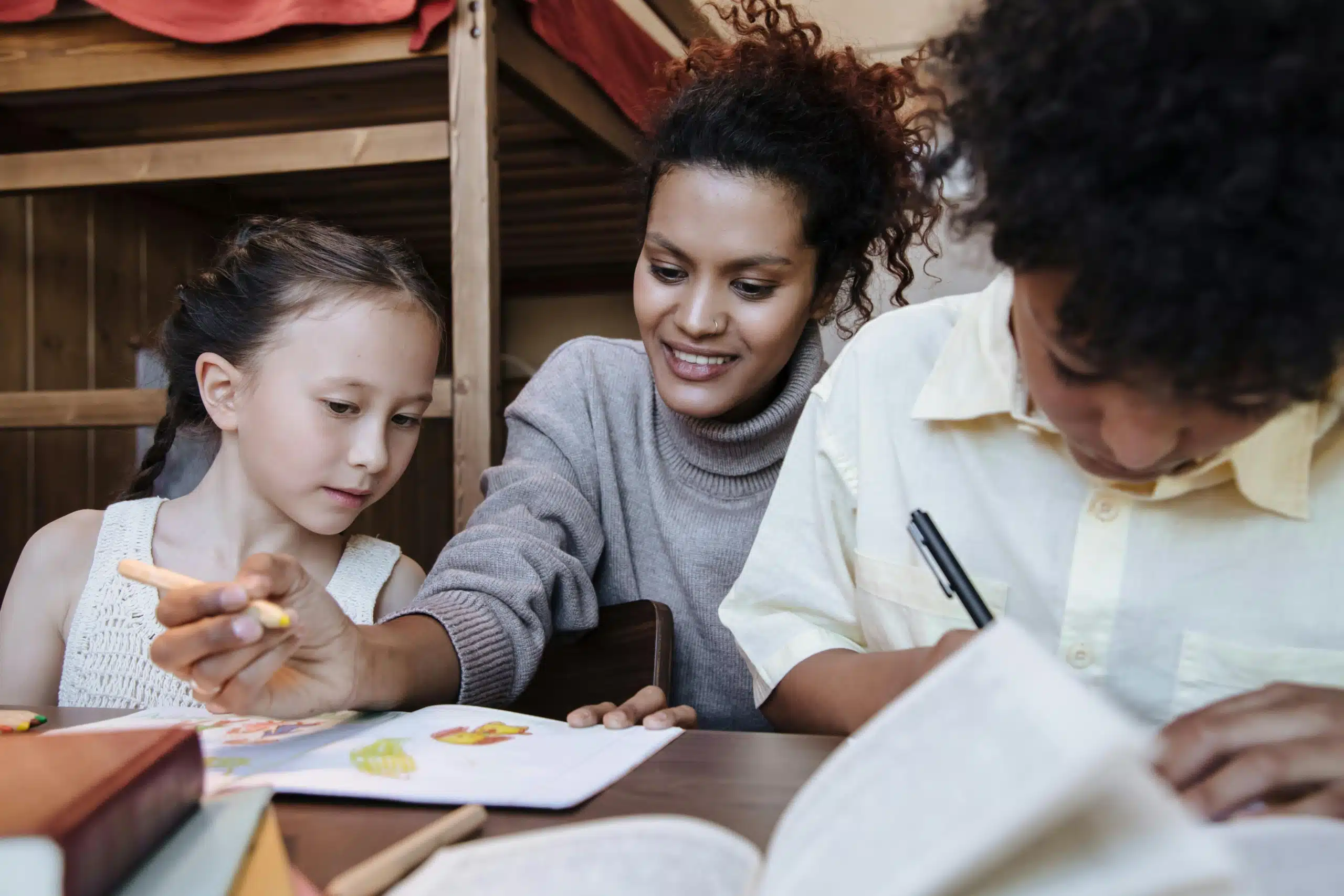How to Talk to Your Kids About Remembrance Day: From Preschool to Primary School
Julia Smith
Julia Smith
In this article
- 1. Start with what they already notice
- 2. Keep it simple for preschoolers (ages 3–5)
- 3. Primary school age (6–10 years): adding context and meaning
- 4. Create your own family rituals
- 5. Focus on values: kindness, peace and gratitude
- 6. For sensitive or anxious kids
- 7. Keep the conversation open
- Wrapping Up
Why conversations about Remembrance Day matter
Each year on 11 November, Australians pause at 11 am to remember those who have served and sacrificed during wars, conflicts, and peacekeeping operations. For us grown-ups, this moment is familiar… we’re used to the red poppies and the minute of silence echoing across schools and workplaces.
But for children, especially younger ones, Remembrance Day can feel mysterious, even a little confusing. Why are people so quiet? Why are they wearing flowers? Why does everyone look kinda sad or serious?
Talking about Remembrance Day with your child whether they’re in preschool or primary school, helps them connect to important values like gratitude, empathy, and respect. And the way you approach it can help them feel calm and secure, rather than overwhelmed by the heavier themes of war and loss.
This gentle guide offers ideas for explaining Remembrance Day in age-appropriate, meaningful ways… from first conversations with little ones, to deeper reflections with older kids.
1. Start with what they already notice
Children are naturally curious. They might spot poppies pinned to shirts, hear the Last Post on the radio, or see a ceremony at school or preschool. Use those moments as gentle conversation starters.
You could say something like:
“You might see people wearing red flowers this week… those are called poppies. We wear them to help us remember brave people who worked hard to keep our country safe.”
For younger kids, that’s often enough. For older ones, it opens a doorway to talk about history, service, and why remembrance matters in Australia today.
The goal isn’t to give a history lesson – it’s to help your child understand why people pause and how we show respect.
Sign up
Get tailored content based on your week of pregnancy
By signing up, you agree to receiving our Newsletters. Cancel anytime.



2. Keep it simple for preschoolers (ages 3–5)
At this age, children think in very literal terms. They don’t need detailed stories about war… what they need is reassurance, routine, and gentle concepts they can grasp.
What to say
You might say something like:
“A long time ago, some very brave people went away to help keep our country safe. Some didn’t come home, so every year we stop to remember them and say thank you.”
Avoid graphic language or abstract ideas like “dying for their country.” Instead, use soft, concrete language around helping, caring, and remembering.
Ways to mark the day
- Make or draw a poppy. Red paper, cupcake liners with a black circle drawn in the middle, or paint… it’s an easy, hands-on way to explain symbolism.
- Listen to The Last Post together and talk about how we stay still and quiet for one minute to show respect.
- Visit a local memorial if your child is curious, and explain that it’s a special place where people remember together.
- Read gentle books: Anzac Ted by Belinda Landsberry or My Grandad Marches on Anzac Day by Catriona Hoy are lovely, age-appropriate Australian titles.
At this stage, focus on kindness and gratitude rather than sadness. You might say, “We remember them because we’re thankful for what they did for us.”
3. Primary school age (6–10 years): adding context and meaning
By the time children reach primary school, they can understand more complex ideas like bravery, fairness, and sacrifice -without needing detailed accounts of war. They might also start learning about it at school, which is a great springboard for family conversations.
How to explain it
You could say:
“Remembrance Day is a time when people all around Australia stop for one minute to think about those who helped keep our country safe. Some of them fought in wars a long time ago, and some helped care for others or work for peace. We remember them so we never forget what they did.”
This framing keeps the focus on service, gratitude, and peace – not violence or nationalism.
Encourage reflection, not fear
Children at this age may start to ask tough questions like:
- “Why do people fight wars?”
- “Did anyone in our family go to war?”
- “Why can’t everyone just stop fighting?”
These are great openings for empathy and critical thinking. Try answering honestly, but simply:
“Sometimes countries disagree, and that can lead to fighting. But we always hope for peace, and we remember people who worked to protect others.”
If you have family stories (a great-grandparent who served, or relatives who migrated after conflict), share them gently. Real stories help children connect history to human experience.
4. Create your own family rituals
Whether you attend a school service or mark the day at home, small rituals make remembrance meaningful and manageable for children.
Ideas for families:
- Observe the minute’s silence together at 11 am. You could say, “We’re going to be quiet for one minute to say thank you in our hearts.”
- Lay flowers or a handmade poppy at your local cenotaph or war memorial.
- Bake Anzac biscuits together and talk about how they became a symbol of care — they were made to send to soldiers during the war.
- Draw or write a message to “someone brave,” and place it by a poppy.
- Watch a short children’s video explaining Remembrance Day (like those from ABC Education or the Australian War Memorial).
Children remember these small gestures far more than lengthy explanations, and they learn through doing, not just listening.
5. Focus on values: kindness, peace and gratitude
The deeper message of Remembrance Day isn’t about war, it’s about peace and gratitude. Framing it that way helps children of all ages connect to universal human values.
You could say:
“Remembrance Day reminds us to be kind and caring, even when people are different from us.”
“It helps us remember that peace is something we can all work towards.”
Encourage your child to think about people in their world who show bravery and kindness, like firefighters, nurses, or community helpers. It shows that courage isn’t just about battles; it’s about compassion.
6. For sensitive or anxious kids
Some children are particularly sensitive to topics like war, loss, or death. If your child seems unsettled, keep explanations brief and reassuring. Let them know they are safe, and that remembering doesn’t mean worrying.
Reassure them with words like:
“It’s okay to feel sad when we talk about people who were hurt. We’re safe here, and remembering helps us learn to care about others.”
Avoid exposure to graphic news or footage… younger kids can confuse real and imagined danger.
If you notice anxiety persisting, talk to their teacher or seek guidance from professionals on supporting emotional regulation.
7. Keep the conversation open
Remembrance Day can be the start of broader family conversations about empathy, diversity, and how we care for others. Each year, your child will understand a little more – and your conversations can grow with them.
You don’t need to have all the answers. Simply listening to their questions and taking them seriously helps your child feel secure and respected.
Even a short chat can plant lasting seeds of compassion and awareness.
Wrapping Up
Remembrance Day isn’t just about looking back… it’s about teaching the next generation to value peace, courage, and community.
When we explain it gently and age-appropriately, children learn that remembering is an act of love rather than fear. It’s how we honour the past while helping shape a kinder future.
Related Articles
Trending
Julia Smith
Follow +Julia is a Sydney born-and-raised mum of three girls. With over twenty years in the media industry, including four years with parenting publishers, she’s passionate about creating entertaining content that connects with parents. When she’s not working or parenting, you’ll find her binge watching TV and revenge-procrastinating about bedtime… or nerding out at gigs with her husband.












